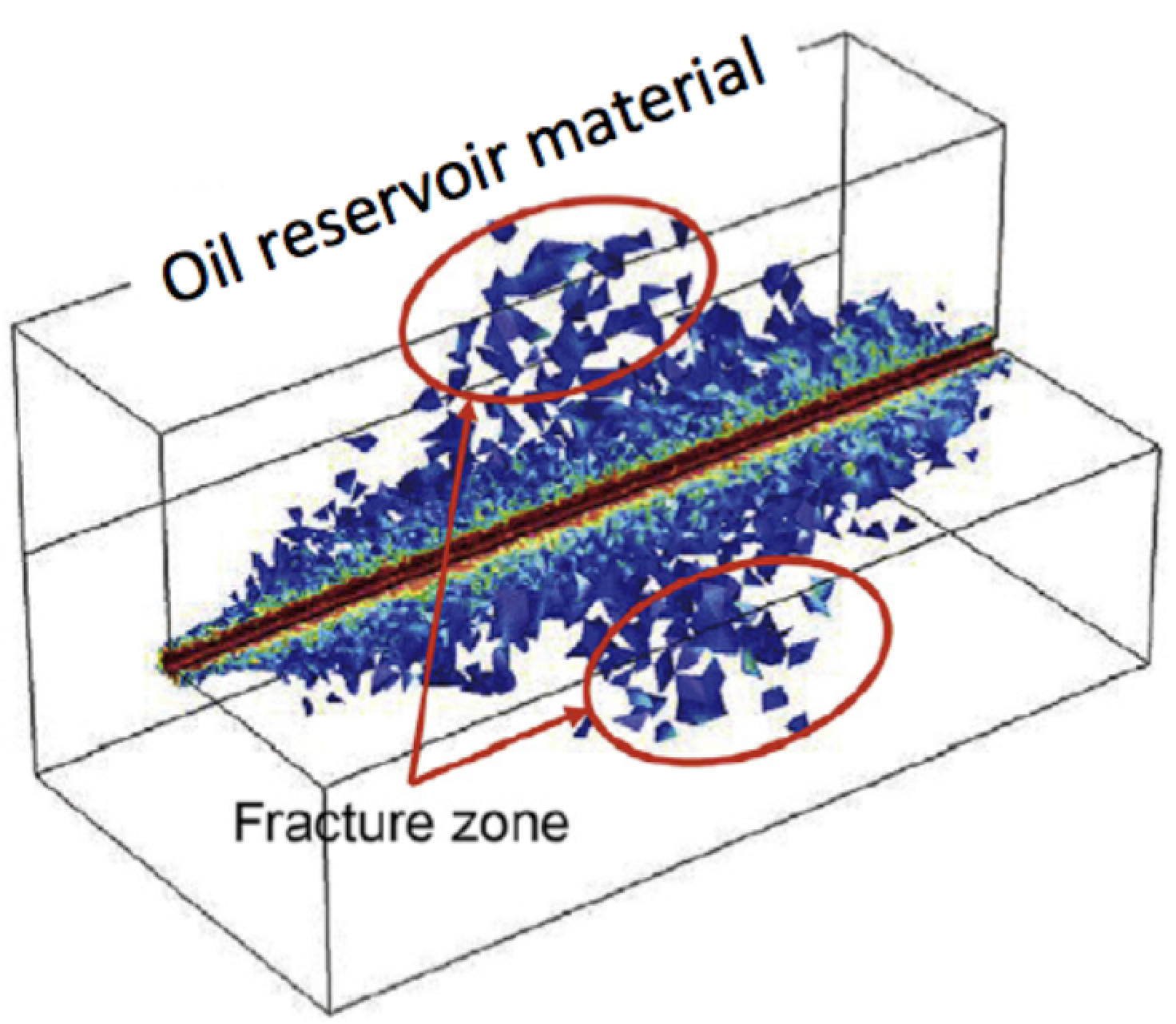Exploration of unconventional reservoirs such as gas and oil shales has become an essential natural gas and oil source in North America. Hydraulic fracturing is the commonly used method to exploit these reservoirs, but it is ineffective and unsustainable. Anhydrous fluids using a supercritical fluid have been recently proposed as substitutes. Upon injection, the supercritical fluid converts to a gas state. This behavior is referred to as post-instability. Tremendous energy is released that extends the fracture by the combined effect of shock waves and rapid gas flow, significantly increasing fracturing efficiency. However, in comparison with conventional hydraulic fracturing, the phase change, while beneficial, complicates the prediction of the fracturing process greatly, eludes the role of the sedimentary material structure, and prevents the identification of the controlling fundamental damage processes.
Complimentary tomography techniques capable of spatially probing the material structure and fracturing damage under post-instability will be used in combination with machine learning methods to fundamentally understand the involved damage processes and structural effects of sedimentary materials. We hypothesize that the phase change in anhydrous fluids promotes gas flow fracturing damage, mainly controlled by the pore network that is present in sedimentary materials. Pushing our knowledge on fracturing under post-instability in macroporous sedimentary materials will prove that such mechanisms can be predicted and controlled. This project will become a foundation for future models’ prediction of fracturing.
Image adapted from Jing Li, Zhao-Yang Chen, Yong-Cun Feng, Li-Sha Qu, Jia-Geng Liu, Wen-Yan Li, andMeng-Ying Dai. Damage of reservoir rock induced by co2 injection. Petroleum Science, 19(4):1674–1681, 2022.



